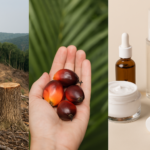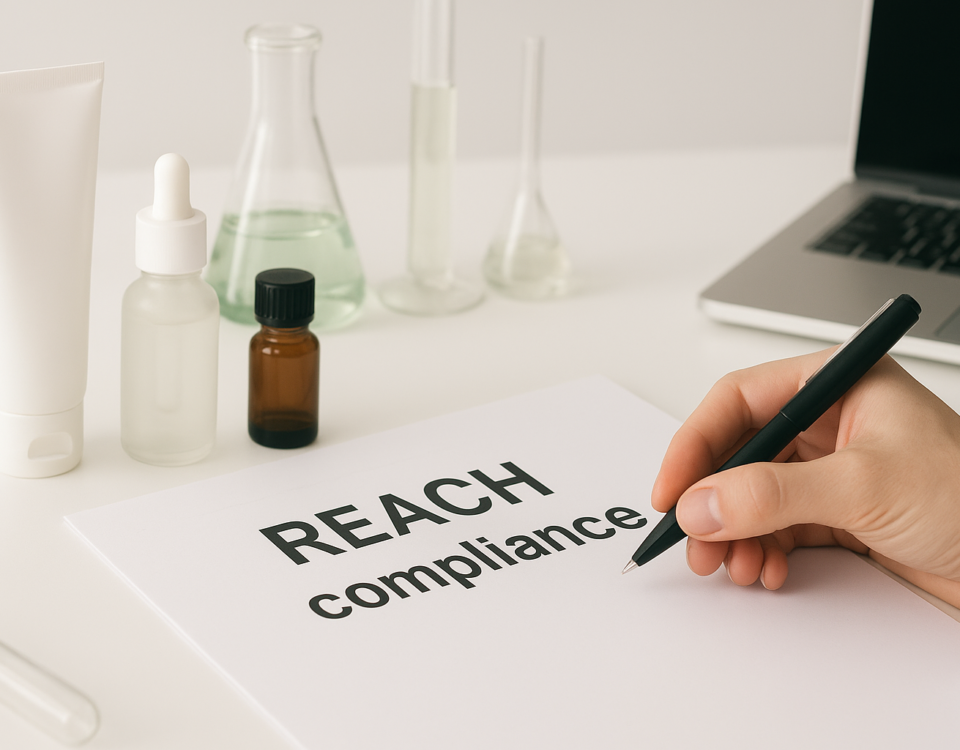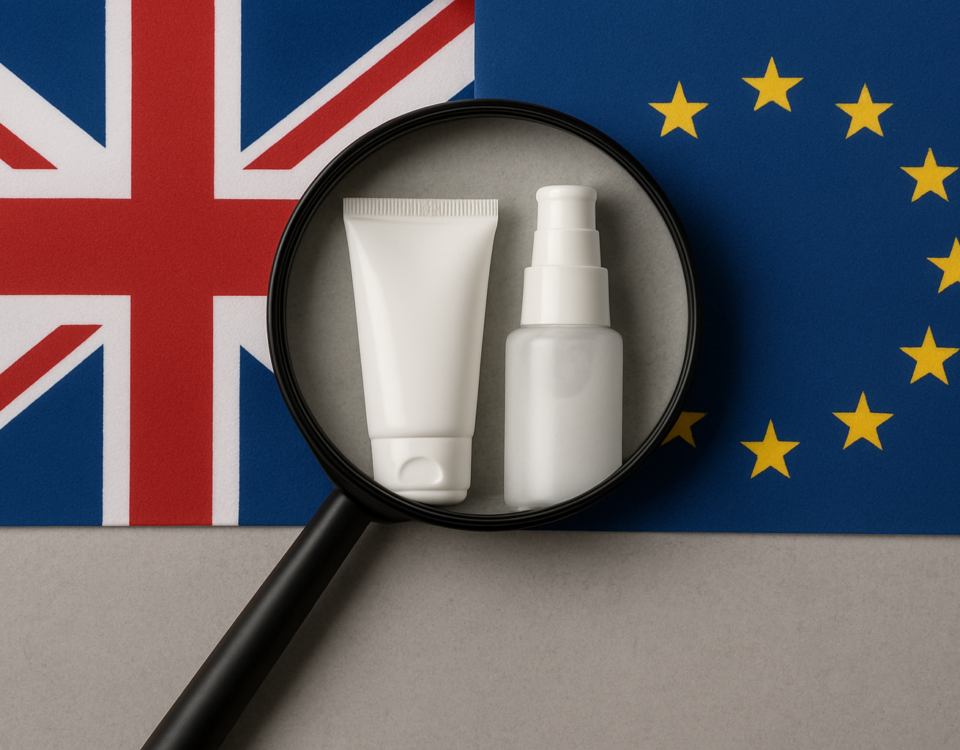
PPWR : What you will need to know about cosmetic product packaging
6 April 2025
What impact will anti-deforestation regulation have on the cosmetics industry?
20 June 2025The long awaited sun-drenched days of summer are not far away.
Which makes this an ideal occasion to have a look at the regulatory issues specific to the commercialisation of sunscreen products in Europe. This summary aims to provide a clear and structured overview of the requirements that you need to know about to ensure the compliance of your sunscreen products, it will also take a very quick look at the main regulatory differences for the rest of the world.
A DEFINITION …
According to the European regulations, sunscreen products are cosmetic products.
The European Commission recommendation dated 22 September 2006 on the efficacy of sunscreen products and the claims made relating thereto, defines a ‘sunscreen product’ as any preparation […] intended to be placed in contact with the human skin with a view exclusively or mainly to protecting it from UV radiation by absorbing, scattering or reflecting radiation.
…AND THE APPLICABLE EUROPEAN TEXTS
Sunscreen products must therefore comply with Cosmetic regulation (EC) 1223/2009 and European Commission recommendation 2006/647/CE.
The product’s labels and any claims made concerning them are regulated by the same legal texts along with (EU) Regulation n°655/2013 which establishes the common criteria. The ARPP Cosmetics Products recommendation v.8 also serves as a reference.
(EC) Regulation 1223/2009 lists the UV-filters authorised for use in cosmetic products along with their maximum permitted concentrations.
PRINCIPLE or SECONDARY FUNCTION ?
A sunscreen product has the principle function of protecting the skin against ultraviolet rays. It must comply with the European Commission Recommendation of 22 September 2006.
A product for which protection from the sun is its secondary function does not have the principle function of protecting the skin against UV rays, but claims to have a complementary sun protection action, such as a day cream with an SPF for example.
THE EFFICACY OF SUNSCREEN PRODUCTS DEPENDS ON STANDARDISED METHODS
The SPF (Sunburn Protection Factor) is an index which represents the degree of protection afforded by the product.
The efficacy of a sunscreen product must meet the following criteria and requirements:
- A sunscreen product must protect against both UVB and UVA rays
- Provide at least SPF 6 UVB protection
- The critical wavelength must be at least 370 nm
- The UVA protection index must be equal to or greater than 1/3 of the SPF indicated on the product label
Tests applying the standardised reproducible methods set out in Recommendation 2006/647/EC (currently under European Commission review) must be completed to check the efficacy of the products and establish their SPF:
- In vivo or in vitro determination of UVA protection – ISO 24442 or ISO 24443 standard
- In vivo determination of UVB protection – ISO 24444 standard
- Critical wavelength measurement
Two alternative SPF calculation methods, proposing more ethical, rapid and reliable solutions, were approved by the ISO in December 2024:
- The ISO 23675 “double plate” standard is a 100% in vitro method
- The ISO 23698 standard is a hybrid method combining both in vitro and in vivo measurements determining the SPF as well as the UVA protection factor and the critical wavelength.
LABELS AND WARNINGS
The protection factor must be indicated on the label alongside the protection category: low, medium, high or very high protection.
Each category is the equivalent of a standardised degree of protection against UVB and UVA rays corresponding to the indicated solar protection factor.
Sunscreen products must bear warnings stating that they do not provide 100% protection as well as advice on other precautions that should be taken in addition to their use.
They must also include usage instructions clearly stating that a sufficient quantity must be applied to achieve the indicated protection efficacy.
CONCLUSION
Developing a sunscreen product is a lot more than just writing the SPF on the label!!
In Europe, these products are classed as cosmetics, but they must meet strict formulation, efficacy testing and labelling requirements. Whilst the regulatory framework may be very clear, a certain amount of expertise is required to achieve full compliance without making any mistakes.
The rules in application around the globe vary: OTC medication (Over The Counter drugs) in North America, therapeutic products in Australia, special conditions in China and Brazil… Each market has its own specific constraints, sometimes costly, often highly technical and always worth anticipating.
Launching a sunscreen is therefore all about anticipating, adapting and being well advised. CLEAR is here to help you to transform these regulatory challenges into solid successful projects.




